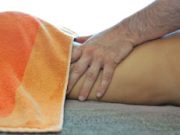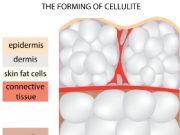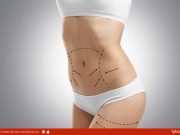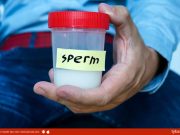By Dr. Anubhav Gupta , Cosmetic/Plastic
A nasal reconstruction surgery is required to correct deformities in the nasal area formed as a result of birth defects, injuries, trauma etc. It is also used to correct missing parts of the nasal anatomy if required. Recent developments in techniques such as microsurgery, expansion of the tissue and so on, have helped surgeons improve the methods of nasal reconstruction surgery to a great extent. At this point, a patient has a great number of reconstruction methods to choose from, depending on his/her particular case.
Types of Nasal Reconstruction Surgery:
- Local flaps
- Regional flaps
- Secondary Intention Healing
- Simple Suture closure
- Skin grafts
- One stage nasolabial flap
- Two stage nasolabial flap
- Forehead flap
- Bone and Cartilage framework reconstruction
Indicators of the need for Nasal Reconstruction surgery
- One indicator of the need for this type of surgery is a fracture in the nose that has changed the shape of the organ. Patients opt for this kind of surgery in order to improve their overall appearance.
- Another indicator is fractures or other deformities that lead to breathing problems. Living with such problems is difficult; hence it is important to get nasal reconstruction surgery.
- The presence of the Deviated Nasal Septum prevents proper breathing and increases vulnerability to ENT infections. Nasal reconstruction surgery can be used to fix this problem.
- Deformities formed as a result of treatment of skin cancer can be fixed with the help of nasal reconstruction surgery.
Things to know about recovering from Nasal Reconstruction Surgery
- Medication taken orally can help to counter the discomfort experienced right after a nasal reconstruction surgery.
- Usually, splints are used inside the nose during the surgery. These are generally removed within a week.
- Patients are able to get up and walk about within a few days. Normal daily activities may be resumed upon the doctor’s instructions.
- At times, a swelling may be observed in the nasal area, but this goes away within a few weeks.








































